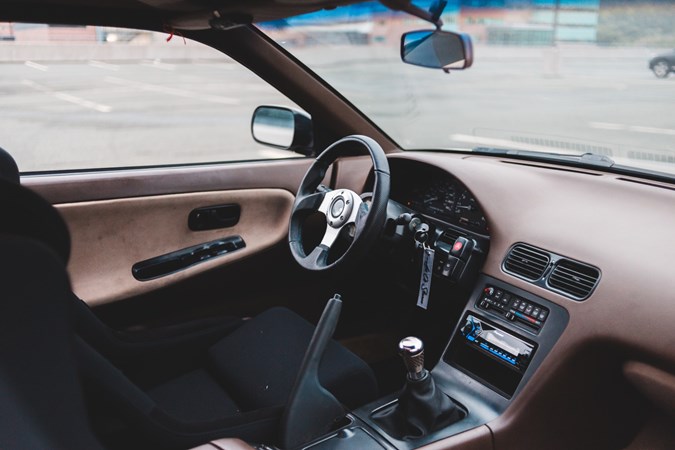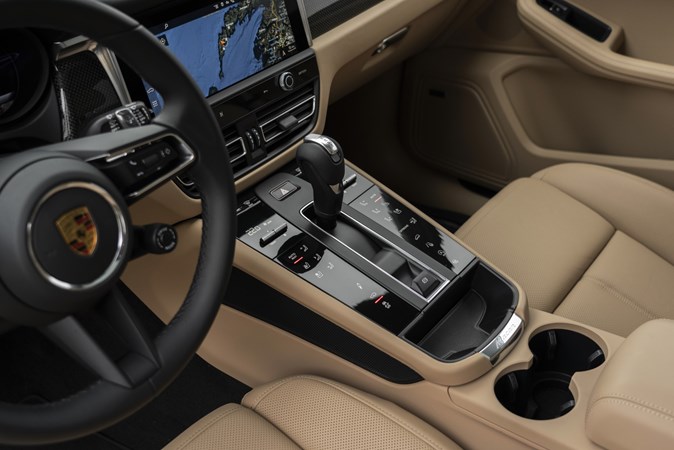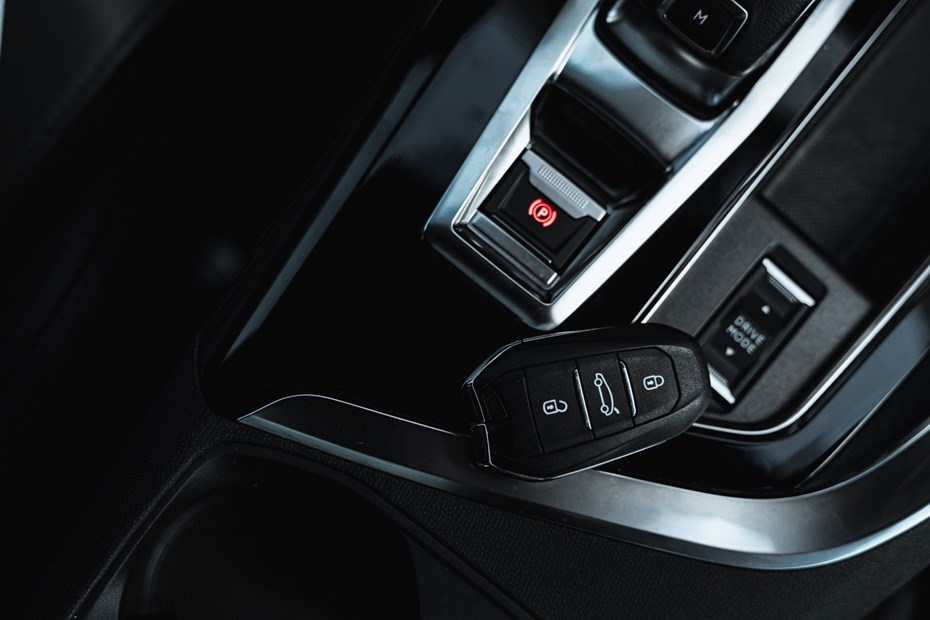An electronic parking brake – otherwise known also as an electronic handbrake – is a switch-operated parking system that applies the brake pads to your brakes electronically rather than by cable. The electronic parking brake supplanted the manual lever handbrake as a more convenient driver aid, and is now found on most new cars.
In certain situations, such as a hill start, electronic parking brakes can be especially helpful. On this page, we’ll explore how the electronic parking brake works, why they’re so popular and whether you need one.
How does an electronic parking brake work?
While conventional handbrake levers applied the brakes by cable, requiring manual input from the driver to do so, EPBs can be engaged at the flick of a button. Or, if the vehicle set to Park mode or switched off, the car will engage the EPB automatically.

To disengage the electronic parking brake, flick the switch again or simply pull away as you usually would; when depressing the accelerator from a standstill the parking brake will automatically release. This effectively means that the electronic parking brake should never have to be manually released via the switch.
There are some exceptions to this, however. Many vehicles require the driver to manually disengage the electronic parking brake when the engine is first switched on or when reverse is the initial gear engaged from standstill.
The system also won’t automatically disengage should the driver not be wearing their seatbelt or one of the doors is left open.
Do I need it?
Some drivers prefer the traditional feel of a manual lever when operating the parking brake, while others value the ease of use associated with the electronic alternative. One of the latter’s most useful applications occurs when undertaking hill starts.

Many vehicles fitted with an electronic parking brake also benefit from a hill-hold system preventing them from rolling back on a gradient. As the driver moves to pull away, the hill-hold system will kick in, preventing the car from rolling back for a couple of seconds.
Many Volkswagen Group cars now have Auto Hold technology that automatically applies the parking brake when the vehicle comes to a rest and deactivates it as the driver sets off.
Not convinced? Another plus point for electronic parking brakes is the amount of extra space they create in the cabin. Removing the large lever used to operate a manual handbrake allows designers to add larger armrests, cupholders and other useful features.
Any drawbacks?
As with all automotive mod cons, electric parking brakes have their drawbacks. Given that the technology relies on electrical power, any maintenance or repair work could be costlier and more time-consuming than on a regular cable handbrake system. Should your car experience a full electrical failure, your parking brake may also fall victim.
More importantly, however, some drivers simply prefer the mechanical, tactile feel of a lever handbrake. By pulling on the lever, drivers can ascertain the brakes are locked on, rather than simply relying on technology telling them so.
Which cars have electric parking brakes?
Electronic parking brake systems can be found on a wide range of medium- to large-sized cars, including the Peugeot 308, Mercedes-Benz A Class and Volkswagen Golf.









